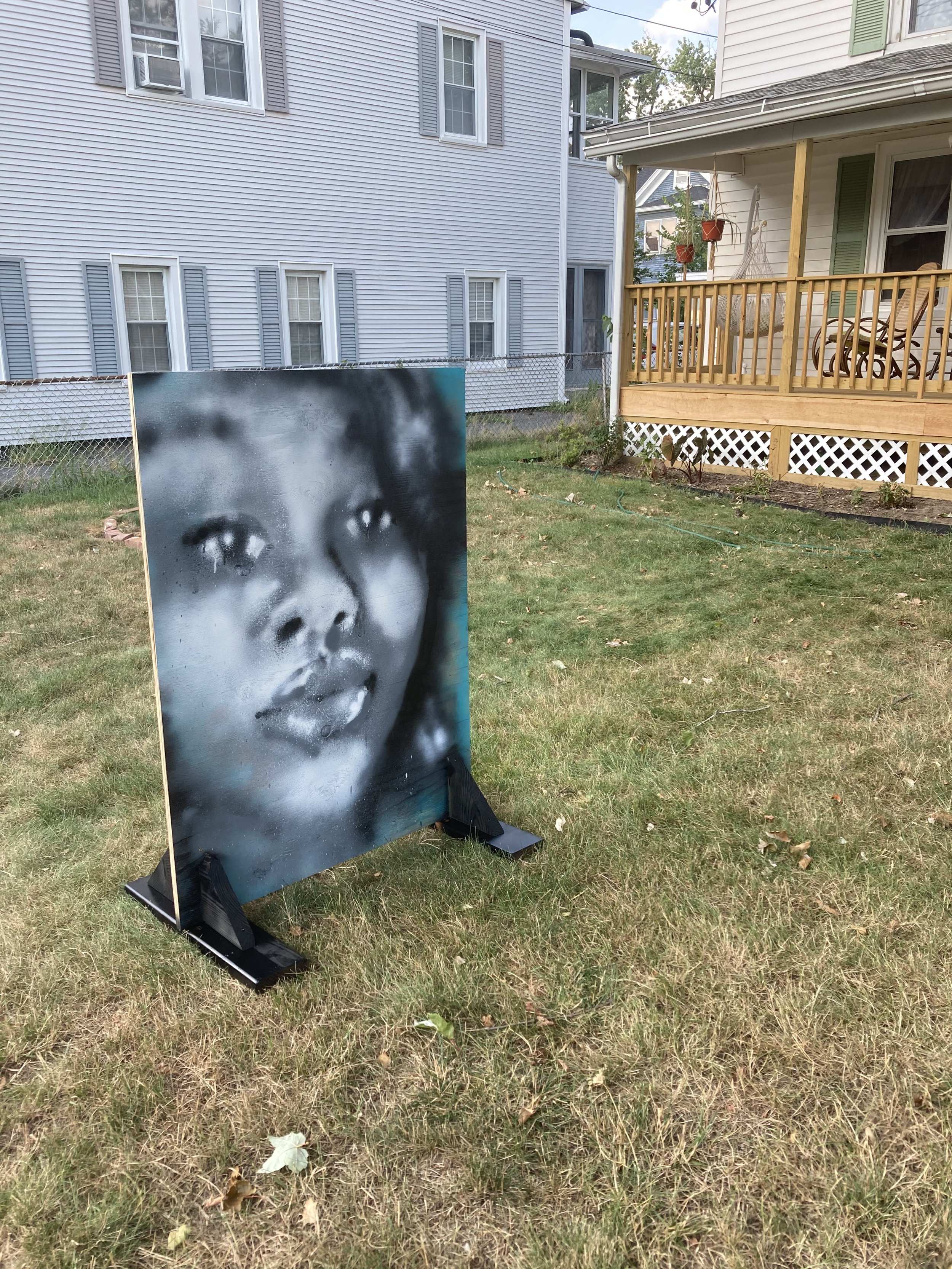Art-science-identity
Gyotaku print of a sockeye salmon (Oncorhynchus nerka)
Art transcends boundaries, shares space & conveys identity
I use art and work with artists and scientists to convey the complex messages of science and embrace the identity of those doing and affected by the work. Research shows that an audience is more likely to act following exposure to science, such as sustainability initiatives associated with climate change, when it is conveyed through artistic means. I see this as an undefinable translation of complex studies and findings into an emotionally retable and aesthetically enticing conversation between the scientist, artist, and audience. In this way, diversity, equity, inclusion and social justice are more easily integrated into the interpretation, analysis, and interpretation of research as part of the conversation given the ties to the identity of those involved.
Some examples:
A collaboration with Courtney M. leonard (member, Shinnecock Nation)
& the UMass amherst Museum of contemporary art
A fractured and healed rib bone from a female North Atlantic Right Whale named Staccato.
Credit: Courtney M. Leonard, UMass Amherst Museum of Contemporary Art
Our team, which included students, researchers, and faculty in science and art disciplines, assisted the artist Courtney M. Leonard in the development of her exhibition BREACH: Logbook 24 | Staccato at the UMass Amherst Museum of Contemporary Art from 2023-24. Here, Courtney tells the story of the life and death of a female North Atlantic Right Whale (NARW) named Staccato, who suffered multiple ship strikes during her life, including one that fractured her rib bone (image above) and another years later that fractured her mandible and killed her. We worked together to describe her lineage, ecology, and current threats to NARWs, including actions that can be taken to help recover this critically endangered species.
As a member of the Shinnecock Nation, Courtney tells Staccato’s story in the context of her people, who are connected to and yet severed from the land and sea by colonialism, urbanization, and other forces. The focus is on the acts of healing and naming.
The exhibit is open, free, and located on the UMass Amherst campus until November 2024. This collaboration was one of the most rewarding and often emotionally challenging projects I have been a part of and I am eternally grateful to all involved, especially Courtney, my colleague Michelle Staudinger, and my undergraduate mentee, Emily Volmar.
Conveying my own research through art
Weld your thesis! An artwork depicting disease and climate change impacts on Pacific salmon.
I love creating artwork that depicts science and identity. I see no rules for doing this expect to have an idea in your mind and start creating with any medium. I like to try different media and experiment with application. I highly recommend grabbing some cans of spray paint or a pen or play dough and seeing what happens when you let your hands do what they want. When the intention of science is behind these efforts, you understand your own work differently, convey it in a way that cannot otherwise be portrayed, and connect to the viewer on a level that can never be defined. It is a true conversation between mind and spirit, calling in all if the aspects of our lived experiences and knowledge.
Still no Justice is a spray painted portrait of Breonna Taylor, who was killed by police in March of 2020.
I painted Still No Justice during the Covid-19 pandemic at the height of the Black Lives Matter movement in 2020. We all wanted to do something for social justice and felt frozen in our homes. This was my way of bringing awareness to the murder of Breonna Taylor by police in Louisville, KY and the circumstances that contributed to yet another tragic loss of black life.
Art is just one way we can engage and act, in addition to countless other methods, such as donating to organizations that forward social justice movements and voting for positive change.



